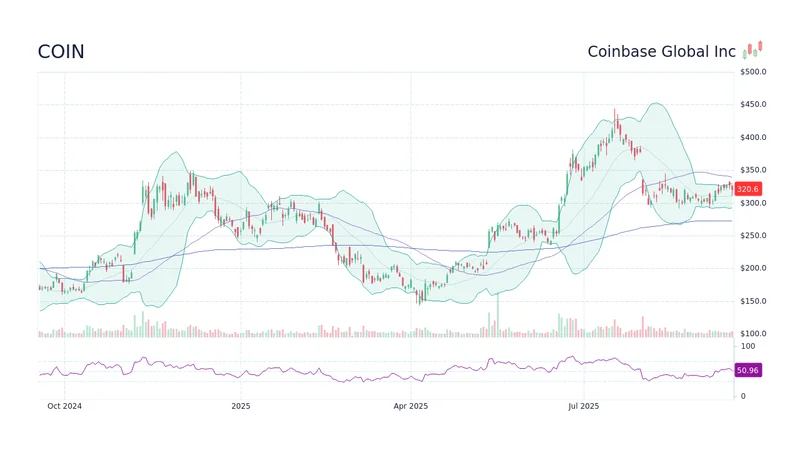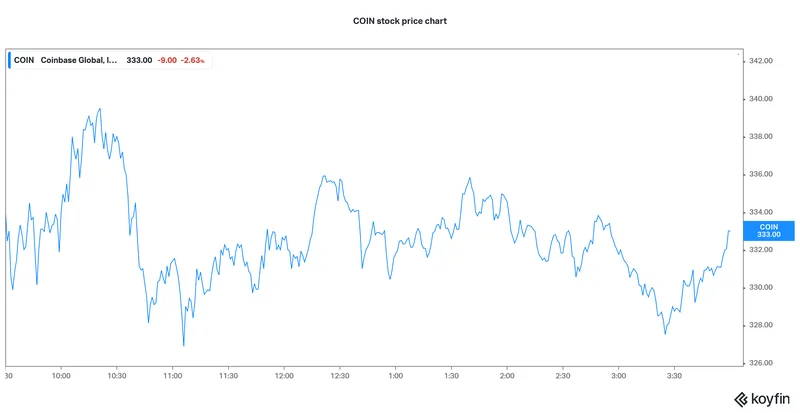Article Directory
Warren Buffett, in his characteristically folksy 2023 annual letter, said Berkshire Hathaway’s success was built on "about a dozen truly good decisions." That’s one every five years. He followed it with a beautiful, garden-variety metaphor: "The weeds wither away in significance as the flowers bloom." It’s a comforting thought, a story of patient cultivation and shrewd selection. It’s also the most dangerously misinterpreted piece of advice in modern finance.
The story we tell ourselves is that investing is a game of skill, of identifying the "flowers" like a master horticulturalist. We search for the next Nvidia stock, the next TSLA, convinced that with enough research, we can pick the winners. But the data—the cold, hard, and deeply inconvenient numbers—tells a completely different story. The stock market isn't a garden you can meticulously cultivate. It's a wild, unforgiving jungle where a handful of colossal, light-hoarding trees create the entire canopy, while the vast majority of the flora on the forest floor struggles for scraps and eventually returns to dust.
The core of the problem is a statistical concept that most people intuitively misunderstand: positive skew. Your high school math teacher probably showed you a perfect bell curve, where the average (mean) and the most common value (median) were the same. Stock market returns don't look like that. Not even close.
I've looked at hundreds of these distributions, and the positive skew in equities is more extreme than almost any other dataset I've encountered in finance. It's a statistical anomaly that we've normalized. Think of it this way: the stock market is like a professional sports league's salary structure. You have a few dozen superstars on max contracts—your LeBrons, your Mahomes—and then thousands of players in the minor leagues. The average salary across the entire league is pulled way up by the megastars, making it look incredibly lucrative. But the median player, the one right in the middle of the pack, is making a fraction of that. Most of them won't even make it to the big leagues. The stock market is no different.
The Brutal Math of Winning
Let’s put some precise numbers on this. According to S&P Dow Jones Indices, from the beginning of 2001 through September 2025, the median return for an S&P 500 stock was 59%. The arithmetic average, however, was 452%. That discrepancy isn't just a rounding error; it’s the entire story. That massive gap tells you that a tiny number of hyper-performers—your Apple stock, your Google stock, your Amazons—are dragging the average up for everyone else.
The weeds, as Buffett calls them, aren't just withering; they're the norm. In 13 of the past 24 calendar years, the majority of stocks in the S&P 500 have underperformed the index itself. In 2024, only 28% managed to beat the index. This isn't a bug; it's the fundamental feature of the system, proving that Picking a market-beating stock is far from a coin flip. Anu Ganti at S&P Dow Jones put it clinically: "When fewer stocks outperform, active management is harder." This is a polite way of saying that trying to find the needle in the haystack becomes nearly impossible when the haystack is growing and the number of needles is shrinking.

This brings us to the most staggering research on the topic, from Arizona State University professor Hendrik Bessembinder. His work should be required reading for anyone with a brokerage account. He found that from 1990 to December 2020, a tiny fraction of companies—about 2.5%, or to be more exact, 2.4%—accounted for all of the net global stock market wealth creation. Everything. All the gains, valued at $75.7 trillion, came from that sliver of outliers. The other 97.6% of companies, in aggregate, delivered a return roughly equivalent to Treasury bills (a fact that the 'get rich quick' crowd conveniently ignores).
Let that sink in. Your chances of picking a stock that merely matches a boring government bond are overwhelmingly high. The chance of picking one of the titans that generates real wealth is minuscule. So, the critical question isn't "Can I find the winners?" but rather "What is the catastrophic cost of missing the few stocks that actually matter?" If your concentrated portfolio of 20 hand-picked "sure things" happens to miss the one NVDA stock of the decade, your performance is decimated.
The Myth of the Stock-Picking Guru
This data presents a fundamental, almost existential crisis for the financial industry. The entire edifice of active management, the cult of the "star" fund manager, the endless hours of cable news debates about whether PLTR stock is a buy or AMD stock is overvalued—it's all predicated on the idea that someone, somewhere, can consistently identify the flowers.
Yet the evidence is overwhelming that they can't. Nicholas Colas of DataTrek Research notes that the small number of winners shows how difficult it is for a company to "maintain high returns on capital and competitive advantage over the long term." He's right. The churn is relentless. Today's hero, like a once-dominant Tesla stock, can become tomorrow's laggard. The market is a powerful engine of creative destruction.
This reality leads to an unavoidable conclusion, one that Buffett himself advocates for the vast majority of people: buy a low-cost S&P 500 index fund. This advice is often framed as "settling for average." That's a profound misreading of the situation. Buying the index isn't settling for mediocrity. It's the only statistically sound way to guarantee you own the handful of outliers that will generate nearly all of the market's returns. You are ensuring that the few flowers that bloom will be in your garden, because you've bought the entire field.
So why do we cling so tightly to the myth of the stock-picker? Is it ego? Is it the lottery-ticket thrill of hoping our bet on a speculative name like Trump coin or XRP pays off? Or is it that the financial media machine requires a constant stream of new stories, new heroes, and new "next big things" to keep the audience engaged? A strategy of "buy the index and check back in ten years" doesn't sell newsletters or generate trading commissions. It's boring. But the data is clear: it's also the only strategy that works for almost everyone.
The Tyranny of the Average
The single most misleading number in all of finance is the "average stock market return." It’s a phantom, a statistical ghost created by a few spectacular outliers. Chasing it by trying to pick individual stocks is a fool's errand, a game rigged by the brutal laws of positive skew. You are far more likely to end up holding a portfolio of weeds. The irony is that the only way to capture the gains of the extraordinary is to embrace the ordinary. Buying the index isn't settling. It's the most logical, data-driven, and intellectually honest decision an investor can make. It’s not about being average; it’s about harnessing the power of an average that is mathematically dominated by genius.

